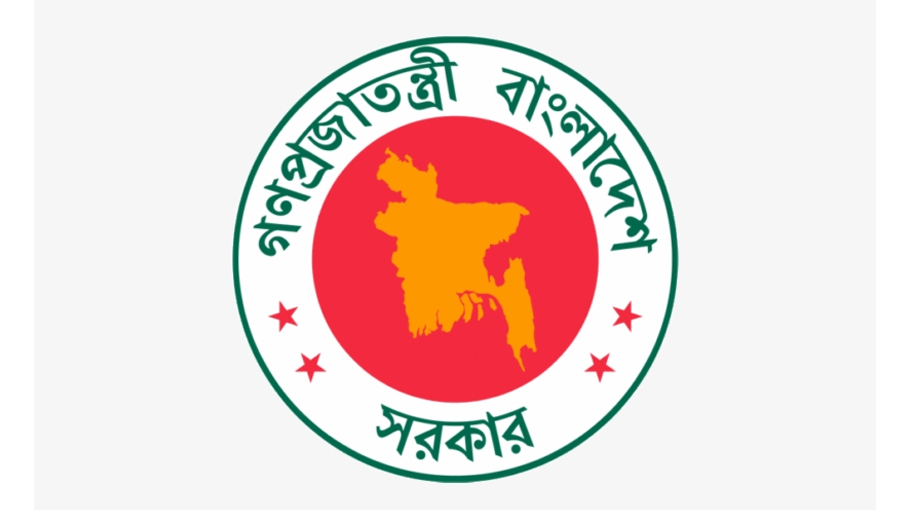Move for green power master plan

The government has taken an initiative to update the master plan in the power and energy sector by reducing the use of coal with more emphasis on green and clean energy.
According to the Ministry of Power, Energy and Mineral Resources, the power sector master plan (PSMP) is being updated in the face of global energy market instability and adverse climate change. Work is underway to formulate an Integrated Master Plan for power and energy sector. The use of coal is being reduced in future power generation plans to prevent environmental pollution. In contrast, the number of imported LNG-based power plants will be increased. Emphasis will also be placed on renewable energy.
As part of it, 10 proposed coal-fired power plants having an estimated capacity of 9346 megawatts (MW) of electricity were scrapped on June 21 last.
Read more: Major emitters compounds vulnerable nations’ danger: PM
The government has also decided to convert some of those power plants into LNG and renewable ones.
The government has taken initiatives to generate 20 percent of electricity from renewable energy to ensure energy security keeping carbon dioxide emissions at a low level.
The master plan for the year 2050 will also discuss the transmission and distribution of electricity and the pricing and supply of electricity products. Japan's development partner JICA is assisting in its formulation. A steering committee has already been formed for this. Under this, a number of sector-wise technical committees have also been formed. Two local firms are cooperating with JICA in this work.
Prime Minister Sheikh Hasina has been elected president of the ‘Climate Vulnerable Forum’. The forum members want to ensure 100 percent renewable energy by 2050 in their own countries. Bangladesh also committed to generating 40 percent of electricity from renewable energy by 2050.
The power sector master plan was prepared in 2010 in collaboration with JICA. The plan formulated for a period up to 2030 set a target of generating a total of 40,000 MW of electricity in phases. Of these, 50 per cent were coal-fired power plants. This master plan was updated in 2016. It shows the plan to generate 60,000 MW of electricity based on various fuels till 2041. The use of coal was then 35 percent.
Mohammad Alauddin, Chairman of the Sustainable and Renewable Energy Development Authority, told Bangladesh Post, “The whole world is now going for renewable energy. The Bangladesh government is also more interested in reducing the use of coal. Several initiatives such as implementation of solar net metering policy, installation of solar mini grid, home system and irrigation pumps etc. have been taken. Several solar power plants are being planned. Besides, a survey has been done on wind power. We are also planning how to expand it in a profitable way.”
According to Bangladesh Power Development Board (BPDB), the country’s grid connected power generation capacity is around 21,000MW now. Of this, 1688MW is being generated from coal, 11,100MW from gas, 5341MW from furnace oil, 1286MW from diesel, 230MW from hydro, 129MW from solar and 1160MW power is being imported .
However, the total power generation capacity is 24,138 MW including 2,800MW captive power and 404 MW from off-grid renewable energy.
Currently, Payra 1,320MW coal-fired power plant is generating electricity. It is a Bangladesh-China joint venture. Before Payra, a 525MW plant in Barapukuria, Dinajpur, was the country's only coal-fired plant.
Moreover, six coal-fired power plants having a total capacity of 6,691 MW of electricity are under construction.
Currently, 10 renewable energy based power plants having a total capacity of 611MW of electricity are now under construction. Besides, 15 more power plants with a total capacity of 531MW of electricity are now under agreement signing stages. There are six projects of 332 MW under tender process. It also plans for the construction of 16 projects with 1,099 MW of renewable energy by 2030.
Besides, Dhaka South City Corporation and Gazipur City Corporation are implementing two waste-based power plants of 45 MW and 35 MW respectively in the private sector.
Dipal Chandra Barua, President of Bangladesh Solar and Renewable Energy Association (BSREA) told Bangladesh Post, “We can generate at least 2,000 MW of electricity by 2021 from solar irrigation pumps and rooftop solar panels alone. By doing so, the goal of generating electricity from renewable energy within the next year will be achieved effortlessly.”
According to research reports from the University of California, Berkeley in the United States and the University of Technology Sydney in Australia, it is possible to generate 53,000 to 156,000 megawatts of electricity from solar power in Bangladesh alone. Besides, 1.5 lakh MW can be generated from windmills, 3,500 MW from biogas.
Construction of 4 LNG based 2,765 MW plants is underway. Besides, there are plans to build 9 more LNG based LNG power plants by 2030. Its total power generation capacity is 8550 MW. Feasibility study of most of these projects has already been completed.
Moreover, construction of a 2,400 MW nuclear power plant at Rooppur in Pabna is underway. It is expected to go into production in 2024. The government has plans to implement another nuclear power plant of the same capacity in the same place. In addition, a site is being searched for a nuclear power plant in the southern region of the country.




